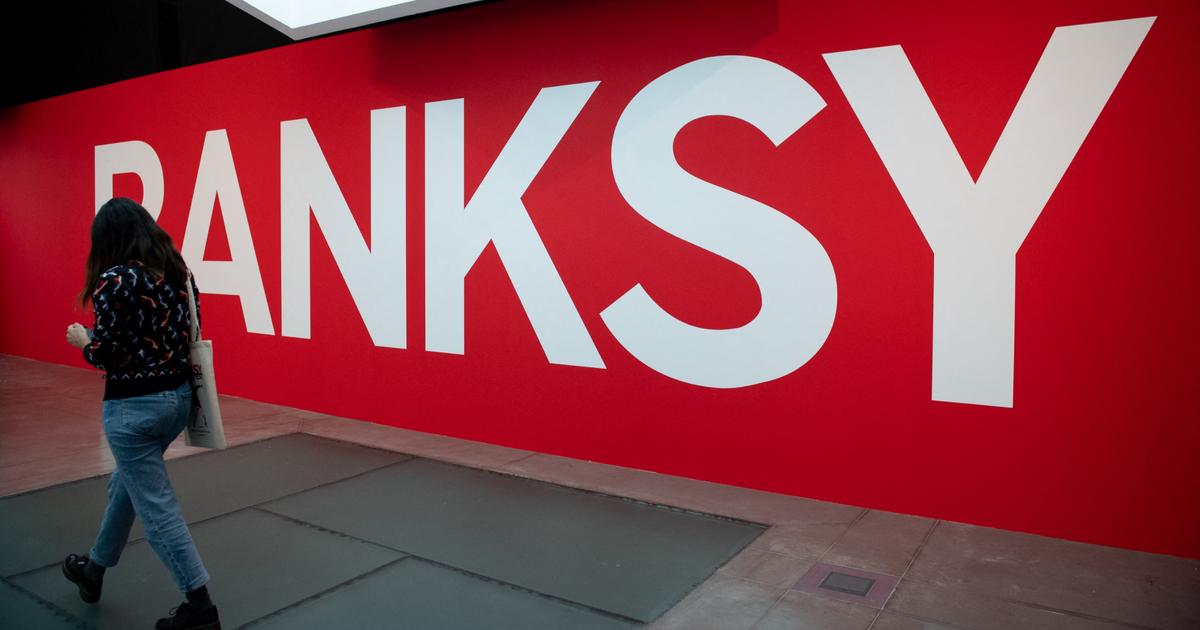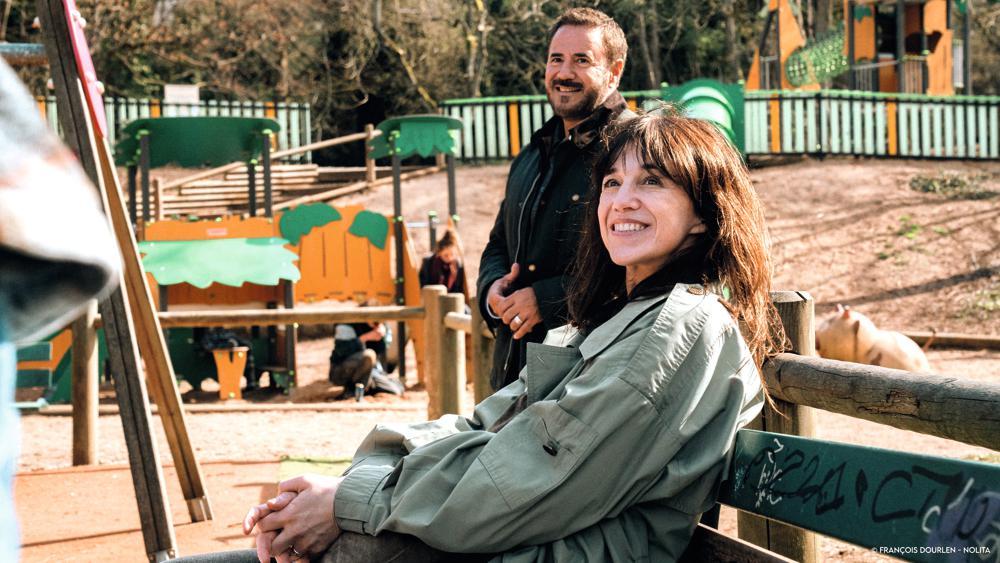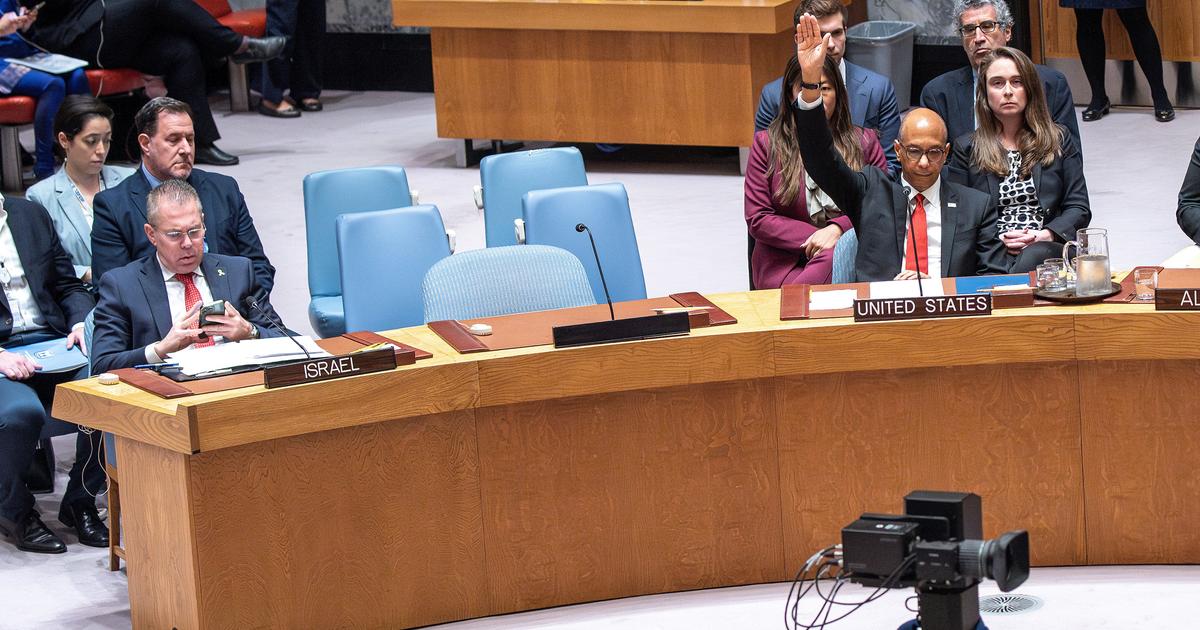- Click to share on Facebook (Opens in a new window)
- Click to share on Twitter (Opens in a new window)
- Click here to share on LinkedIn (Opens in a new window)
- Click to email a friend (Opens in a new window)
(CNN) - Restless spirits, vampires and omnipresent zombies that take over the streets every October 31 may think that Halloween is a spooky fun. But what the masked Halloween may not realize is that in the early 1970s and well into the 1980s, there was real fear in the streets of the United States.
The media, police departments and politicians began telling a new kind of horror story on Halloween: about poisoned sweets.
No real fact explains where this fear comes from: it was driven by social and cultural anxieties. And there is a lesson about the power of rumors on this dark fantasy day.
- Halloween behavior guide to order candy
- Look: Child tests positive for methamphetamine after celebrating Halloween
The fear of poisoned sweets
The fear of Halloween candy began in 1970. An opinion piece on October 28, 1970, in The New York Times, suggested the possibility of strangers using the tradition of asking for candy on Halloween to poison children.
The article mentions two unconfirmed incidents in the state of New York and offers a series of frightening rhetorical questions. The author, Judy Klemesrud, wondered, for example, if that "plump red apple" of the "kind old woman on the block ... could have a razor blade hidden inside."
Some readers accepted their questions as a definitive fact.
Two days later, a five-year-old boy died on Halloween in Detroit after consuming heroin. The first media reports about his death cited his uncle's claim that he had been exposed to the drug in contaminated Christmas treats.
In mid-November 1970, newspaper reports showed that the boy had found heroin in his uncle's house, not in his bag of Halloween candy, as he had been told by researchers at the beginning.
But on October 31, 1974, another child died in Houston. This time, death was the result of eating poisoned candy: the boy's father had murdered his own son by placing cyanide in a candy.
The story of the "candy killer" of Houston quickly metastasized. Although he had no evidence, Newsweek magazine said in a 1975 article that “in recent years, several children have died and hundreds have escaped the wounds caused by razors, sewing needles and glass fragments placed by adults. in their goodies ”.
In the 1980s, some communities banned going out to ask for candy, while hospitals in some metropolitan areas offered to pass Halloween candy by X-ray. Parent-teacher associations encouraged fall festivals to replace Halloween, and in Long Island a community group awarded prizes to children who stayed home completely on Halloween in 1982.
In 1982, the governor of New Jersey signed a bill requiring a jail term for those who handle candy.
The concerns of parents and community leaders fueled fear. In a popular column of nationwide press tips called "Ask Ann Landers," Landers warned in 1983 of "twisted strangers" who had been "putting razor blades and poison on apples with candies and other Halloween candy."
Social tensions and fear
However, an exhaustive 1985 study of 30 years of alleged poisoning found not a single confirmed incident of a child's death, or even serious injuries.
The sociologist Joel Best of the University of Delaware, who led the study, called it an "urban legend." Most of the reports of poisoned Halloween candy that appeared in print were editorials written by authorized voices in politics and the media rather than actual events. However, police across the country urged parents to accompany their children as they go out to the streets to ask for candy. In 1982, annual Halloween festivities were canceled at the governor's mansion in Hartford, Connecticut.
Why a series of rumors, based freely on a small number of tragic crimes, convinced so many people with authority and caused such panic?
In his book "The missing hitchhiker," folklorist Jan Harold Brunvand argues that while urban legends may be based on real incidents, they often come to represent real-world fears.
In the case of poisoned candy, my own investigation into American politics and horror stories suggests that those fears may have been driven in part by the multitude of problems facing the United States at that time. The years 1970 to 1975 were marked by cultural turmoil, both domestic and geopolitical.
- Watch this video: Eight Hispanic movies to die of fear on Halloween
In 1974, President Richard Nixon resigned after the Watergate scandal. The scandal exposed the abuse of power and a criminal cover-up under his administration.
Americans had much more to worry about than Watergate in the mid-1970s. The Vietnam era scholar Christian G. Appy, in his 2015 book "American Reckoning," described the era as the one in which he defeated it in Vietnam combined with "stagnant economic growth and rising inflation" caused many Americans to see the country as "a victim of forces beyond their control." This sense of victimization led to the feeling that American society had become deeply insecure.
All social change in the 1970s fueled the creation of urban legends, argues sociologist Jefferey S. Victor. A brutal story about strangers with poisoned sweets seemed a national fantasy preferable to the historical reality of the seventies and eighties.
Horror in the state of the world can take the form of parody or simple scary stories. The Americans had become so disenchanted, according to journalist and historian Rick Perlstein, that grim and frightening films like "The Exorcist" of 1974 captured the national atmosphere.
The false case of the legend of poisoned candy is another way in which American fears manifested: as an easy-to-understand threat to innocence.
The scholar David J. Skal in his book, "Death Makes a Holiday," argues that Halloween, throughout its history, has provided a time for people to unleash their political and cultural fears. As an example, Skal notes, Richard Nixon became the first satirized president with a rubber Halloween mask in the fall of 1974, just two months after his resignation.
Today's fears
Today, most Americans, of all ages, see Halloween as an opportunity to celebrate the excess, a kind of dark Mardi Gras.
But some Christian churches, especially those attended by conservative evangelicals, continue to declare a kind of "war on Halloween" every year. Many evangelicals, in their own description, view the party as a celebration of the occult, often seen in their religious worldview as connected to a very literal Satan.
Halloween, with its association with the powers of darkness, can allow many legends to flourish: stories of dangerous strangers, poisoned sweets and other supposed threats to American life.
Social networks can fulfill that role the rest of the year. But on Halloween, dark rumors can knock on the door.
- W. Scott Poole is a history professor at the College of Charleston
Copyright 2019 The Conversation. Some rights reserved.
Halloween






/cloudfront-eu-central-1.images.arcpublishing.com/prisa/YRGQNENTX5E23AHOD3WGLBMNZA.jpg)








